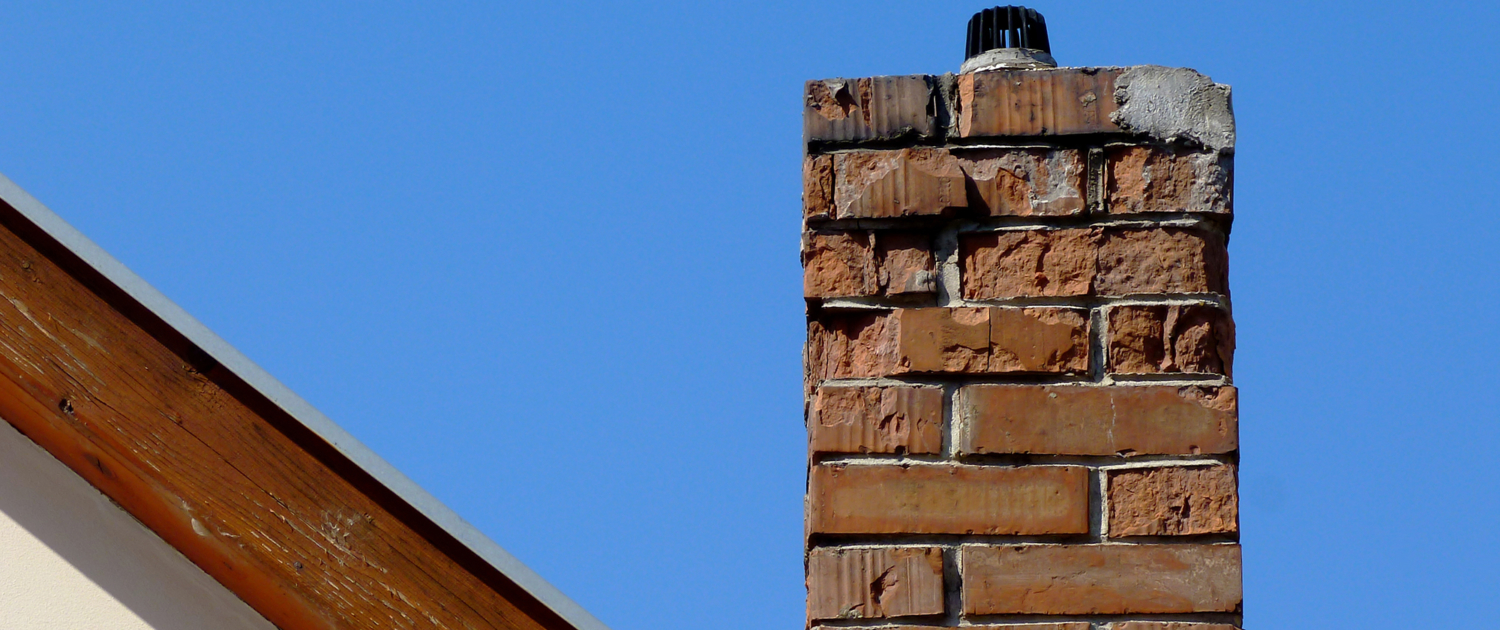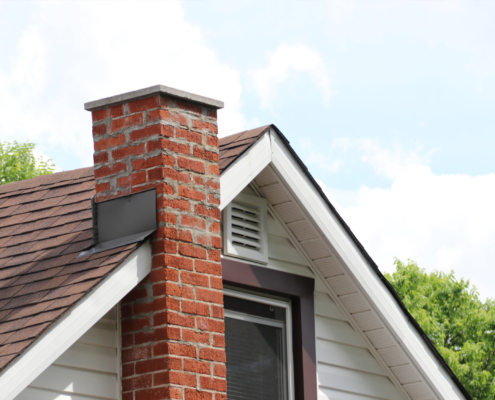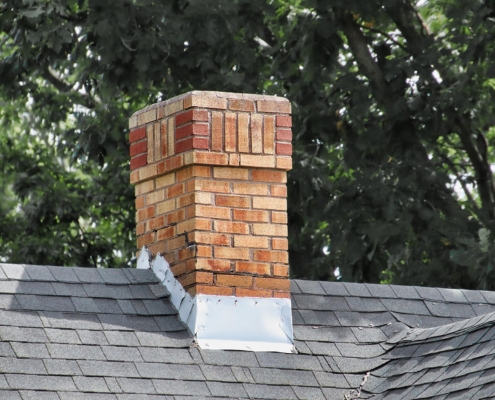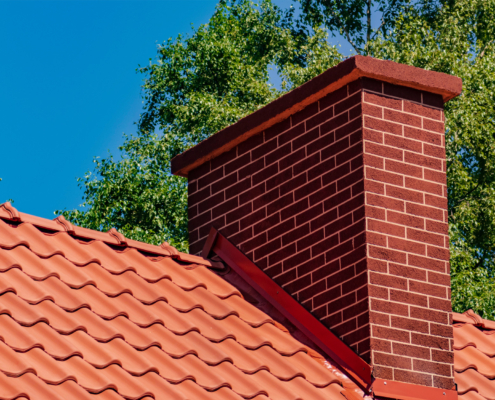 https://ahillcstl.com/wp-content/uploads/2024/04/Breaking-Down-Stucco-Chimney-Repair-Costs-A-Comprehensive-Guide.jpg
1250
2000
Brandyn Fadler
/wp-content/uploads/2023/09/FULL-AHI-LOGO-179-300x263.png
Brandyn Fadler2024-04-23 15:59:562024-05-07 15:23:52Breaking Down Stucco Chimney Repair Costs: A Comprehensive Guide
https://ahillcstl.com/wp-content/uploads/2024/04/Breaking-Down-Stucco-Chimney-Repair-Costs-A-Comprehensive-Guide.jpg
1250
2000
Brandyn Fadler
/wp-content/uploads/2023/09/FULL-AHI-LOGO-179-300x263.png
Brandyn Fadler2024-04-23 15:59:562024-05-07 15:23:52Breaking Down Stucco Chimney Repair Costs: A Comprehensive GuideUsing Your Fireplace in Winter: Why You Should Schedule a Chimney Inspection
Do you remember the last time you scheduled a chimney inspection? If the answer is no, now is the perfect time. Many homeowners look forward to using their fireplace in winter as temperatures drop, but few take the time to check their chimney or clean their fireplace beforehand. Waiting too long to inspect their chimney for signs of damage can lead to disastrous consequences.
Continue reading to learn about the importance of chimney inspections if you want to light your fireplace in winter.
The Importance of Regular Chimney Inspections
Conducting chimney inspections in early fall is essential if you wish to use your wood-burning fireplace in winter. Regular examinations are needed to maintain an efficient fireplace that doesn’t pose a safety concern for homeowners.
Many experts recommend you invest in annual chimney inspections for following reasons:
Prevents Harmful Gas and Chimney Fires
Harsh storms can deposit twigs, leaves, and other debris in your fireplace and chimney. Likewise, birds, squirrels, and raccoons can build nests in chimneys. Any of these obstructions can block your flue and prevent the escape of harmful gases from your fireplace. This backed-up vapor can enter your home, potentially exposing you to carbon monoxide. Fortunately, this can be identified with carbon monoxide detectors.
On top of that, obstructions can also act as kindling, sparking a fire if they come into contact with loose embers. These fire hazards can spread to other parts of your roof and cause smoke to drift back into your home.
During the inspection, certified technicians will evaluate your chimney for obstructions and remove them. They can also install a chimney cap—a covering around the outside opening of the flue to keep debris and animals out.
Identifies and Repairs Chimney Damage
Investing in regular repairs and replacements can minimize the risk of fires, carbon monoxide exposure, and water damage. Inspectors can locate chimney issues such as cracks, loose bricks, structural instability, and more.
Several parts of your chimney are hidden from your view, but professional chimney services have the proper tools and training to assess damage to the following components:
Crown
The crown is the downward-sloping concrete, stone, or metal overhang at the top of your chimney. It diverts water away from your chimney exterior to prevent erosion. If damaged, rainwater can run down the sides of the duct and erode it, compromising structural integrity. During a chimney inspection, your provider can repair or replace your cracked crown to prevent water damage to the chimney and flue.
Flue Liner
Your flue liner is a clay, ceramic, or metal conduit between the flue and chimney walls. It protects your chimney walls from heat and corrosion while keeping smoke and harmful vapors from traveling through cracks in your masonry. As part of the inspection, technicians look for cracks in the flue liner and repair them if necessary.
Masonry
If you have a brick chimney, the porous material can quickly expand and contract during the changing seasons. This eventually forms small cracks in your structure, which, if left untreated, can grow larger and jeopardize the safety of your chimney structure. Professionals check the brick and mortar of your chimney during an annual inspection and conduct necessary masonry repairs.
Schedule efficient chimney repairs any time of year with Approved Home Improvements.
Mitigates Creosote Buildup
Every time you use a wood-burning fireplace, it creates a byproduct of unburned materials called creosote. This thick, tarry substance is found in smoke and sticks to your flue over time, creating a black buildup. Creosote deposits in your chimney are highly flammable. This substance can ignite in a chimney fire, potentially spreading and creating a full-blown house fire.
As part of a chimney inspection, providers will remove excessive creosote buildup to minimize your fire risk.
Provides Insurance Precautions
Most homeowners’ policies require regular chimney inspections as a pre-condition for compensating you for chimney damages. Skipping your annual inspections could force you to foot the bill in the event of damage. That’s why scheduling an inspection is crucial. Not only does it ensure the integrity of your structure, but it protects you from expensive bills down the road.
Why You Shouldn’t Wait Until Winter for an Inspection
To get the most out of your fireplace in winter, conduct your chimney inspection before it gets too cold. Here’s why:
Freezing Temperatures Affect Your Structure
Mortar is a mix of binding materials and water. If you lay mortar in cold weather, that water can freeze and expand, creating cracks, loose bricks, and leaks. These cracks remain once the mortar dries, making your chimney susceptible to future damage. Fall can also bring harsh storms that make it challenging to perform emergency repairs, which could make using your fireplace in winter virtually impossible.
Summer is the ideal time to conduct a chimney inspection, as the materials can dry correctly and won’t be subjected to environmental wear and tear.
Mortar Requires Dry Weather to Strengthen
Mortar must dry at a controlled rate—neither too fast nor too slow—to develop strength. Rainy and cold conditions can slow down the drying process and weaken your mortar joints, and windy conditions can cause mortar to become brittle as it dries too quickly. For this reason, waiting to perform repairs until late fall or winter can significantly decrease the quality of your chimney.
Busy Schedules
People tend to use their fireplace in winter more than any other season. However, negligence means this is when many emergency repairs are needed. You may have difficulty scheduling a winter inspection due to high demand, leaving your fireplace unusable.
Don’t risk the warmth of your fireplace in winter—schedule a chimney inspection today with Approved Home Improvements.
Guarantee a Blazing Fireplace in Winter With Approved Home Improvements
Looking to schedule a chimney inspection before the winter months? You’re in the right spot.
For over 40 years, Approved Home Improvements has delivered high-quality chimney services to St. Louis residents. We promise no demo, no mess, all done in one day or less.
There has never been a better time to schedule an inspection. Request a free quote today!
